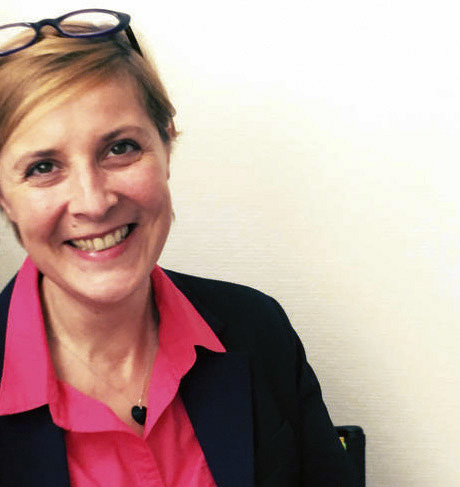It is no coincidence that the exhibition is being held in Bordeaux. Pierre Molinier was born and spent most of his life in this city, and much of his work was created in his apartment at rue des Faussets. In 1982, a corpus of about thirty images by ...




